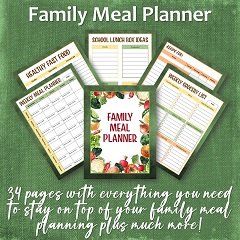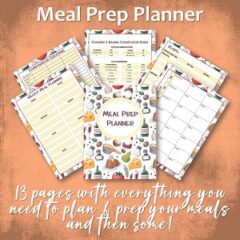Making candies can be a fun activity to do and can be the perfect way to spend time in the kitchen with your children. Alternatively you could have a candy making party at your home and invite your close friends and neighbors over!
When it comes to making candy you do have lots of choices. Here is a quick rundown of the types of candy you could be making.
- Molded candy and chocolates
- Lollipop candy
- Dipped candy
- Candy plaques for cake toppers & decorations
- Candy baskets
- Candy flowers
- Hard candy
- Marshmallows
- Fudge
- Chocolate nuts and pretzels
- Brittles
- Toffee
Basic Equipment Required for Making Candy
The first thing you will need is a candy thermometer. Thermometers can range in price from just a few dollars to ones that cost $20 or more. Obviously you want to choose a good thermometer, one that will last and one that reads accurately. You can see our reviews on thermometers here: (add link to review)
A deep sided pot is perfect for making candy. Plus having a deep pot allows you to hang the thermometer off the side, highly recommended. A deeper pot will prevent your candy from boiling over and making a mess. You will also need a smaller pot for melting chocolate and butter. You may already have a good set of pots, if not investing in a quality set will save you money in the long run. (add link to pot reviews)
Cookie sheets are great for setting fudge and making other candies that need to be cooled on a sheet. Candy molds allow you to make different shapes and sizes of candy. Using a mold can be an inexpensive way to add flare and your own unique designs to your candy. Silicone molds can withstand high temperatures, are easy to bend and the candy won’t stick to them. You can read our Candy mold reviews here: ( add link to review)
Other useful equipment that you may need are ceramic bowls for mixing, spatulas and scrapers, wooden spoons, a whisk, measuring cups and a food dropper for adding coloring and flavoring to your candy. Ice cream scoops are available in different sizes and are wonderful for dividing up your mixtures evenly.
Candy Cooking Terminology
If you are new to making candy there are several terms that you need to understand. As you read through candy making instructions you will see terms like soft ball stage and soft and hard crack stage. So what do these terms mean, read the following for a brief explanation.
When testing the stages of candy you place a shallow bowl of cold water on your countertop. As a small ball is dropped into the water it will react in different ways, these are known as the different stages.
- Thread Stage – your thermometer reads 230 – 234 degrees Fahrenheit at this stage. As the syrup is dropped it forms a 2 inch thread in the water.
- Soft Ball Stage – at this stage your candy thermometer will read between 234 – 240 degrees Fahrenheit. The ball is soft and when removed will be easy to flatten with your fingertips.
- Firm Ball Stage – your candy thermometer shows 244 – 248 degrees Fahrenheit at this stage. The syrup forms a ball in the water and does not flatten when removed.
- Hard Ball Stage – your candy thermometer reads 250 – 256 degrees Fahrenheit. The syrup will form a hard ball that is still pliable at this stage.
- Soft Crack Stage – your candy thermometer reads 270 – 290 degrees Fahrenheit. The candy now separates into threads that are not hard or brittle.
- Hard Crack Stage – your candy thermometer now reads 300 – 310 degrees Fahrenheit. At this stage the candy separates into brittle threads when dropped into the cold water.
Candy Making Tips
The following are some tips that will help improve the quality of your candy.
- Always try and make candy when humidity levels are low.
- Never double a candy recipe, instead make separate batches.
- Always follow the directions and quantities in the recipe.
- Caramels are best stored when wrapped individually.
- Chocolate should be stored in a dry place.
- To keep fudge wrap in plastic wrap and store in an airtight container in a cool place.
- Marshmallows will only keep a few days before drying out.
- Always store each type of candy separately.
- Use the best quality chocolate that you can find for great results.
- Candy making is done at high temperatures, be careful and cautious especially when around your children.
There are many places to buy your candy making supplies. You can purchase them from a local bulk food store, where you can get the quantities you need. Another popular choice today is to shop online for candy making supplies. One of our favorite places is to shop over at Amazon. They have all the candy making equipment in one convenient place. Plus you can easily get free shipping and have everything delivered to your front door within a couple of days.
Candy making can be a wonderful hobby or a way to earn some extra part-time money. If your kids have a local event coming up, or even a birthday, why not surprise them with some home-made candy?









